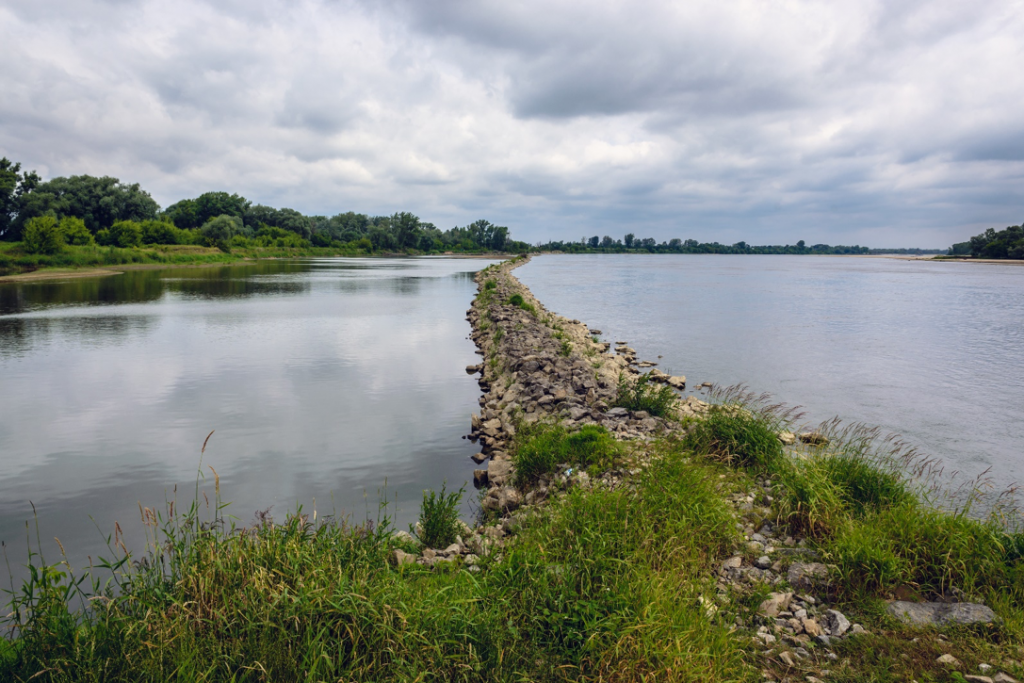
What is NFM?
Natural Flood Management (NFM) is currently a hot topic in the UK as there is debate as to what is included in NFM, whether NFM measures can solely be used in reducing flood risk or whether it is just a novel flood risk management option that has become a bandwagon that everyone is jumping on.
My definition of NFM is the
“restoration or use of landscape features through working with natural processes to manage coastal and fluvial flood risk and provide positive and long-lasting impacts on the environment”
NFM has grown significantly in recent years following the recent nationwide flood events and the need to take a holistic approach to flood risk management to provide effective solutions.
There is a debate as to whether Sustainable Drainage Systems (SuDS) are a form of NFM. Personally, SuDS are ‘soft engineering’ measures which have been engineered to reduce surface water risk and provide water quality benefits to typically urban and semi-rural areas. NFM are more ‘naturalised techniques’ which are typically located in the rural uplands to benefit downstream urban areas whilst providing localised environmental benefits. It can be suggested that the only potential overlap between SuDS and NFM includes beach nourishment, setting back flood embankments or managed realignment of existing coastal defences which provides habitat creation and working with natural processes. Examples of NFM measures to manage flood risk include:
- Blocking grips and gully systems on rural uplands
- Afforestation
- Management of existing woodland
- Creation of leaky/woody dams
- Bank stabilisation and revegetation
- Creation of field buffer strips
- Floodwaters stored in wetlands and washlands
- River and floodplain restoration

Broad Benefits
It is prudent to have a wide variety of NFM measures spread across the catchment to provide the best opportunity for reducing flood risk downstream. NFM brings benefits to both the farmers or rural landowners as well as the wider landscape and society. The benefits for landowners include:
- Increased soil fertility;
- Improved land stability and soil structure and reduction of soil loss; and
- Improved water quality for wildlife and stock which can help meet the requirements of the EU Water Framework Directive
The benefits for the wider landscape and society include:
- Improved water quality;
- Reduction in pollution and sediment downstream;
- Improved ecological habitats; and
- Economic benefits from increased tourism, investment and diversification
Whilst NFM offers a more naturalised approach to reducing flood risk, it is not the complete solution. NFM reduces the flood peak so as to provide more time to prepare for floods and whilst they offer protection for smaller order flood events, NFM does not mitigate the risk from the larger more significant flood events of recent years. Adopting a holistic approach of combining naturalised NFM with hard engineered measures is a masterstroke, providing an overall combined beneficial impact on reducing flood risk to people in key risk areas.
Whilst NFM is a bandwagon, if executed correctly can not only reduce the flood risk to people, properties, businesses and critical infrastructure but also increase the resilience of hard engineered flood defences through working in tandem and generates socio-economic and environmental benefits. Continued communication between landowners and farmers and collaboration with the Environment Agency, Local Councils and other regulatory authorities breeds repeat success stories, ensuring that the appropriate and most effective measures are implemented whilst balancing land use interests across the catchment.
The Environment Agency realise the benefits of NFM and have released case studies, research and analysis on working with natural processes to reduce flood risk.
This article is written by Alex Perryman, Associate, Water Services, Delta-Simons


